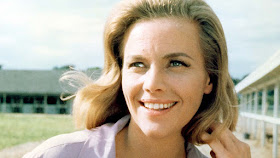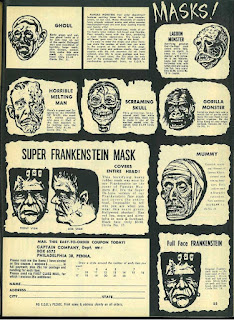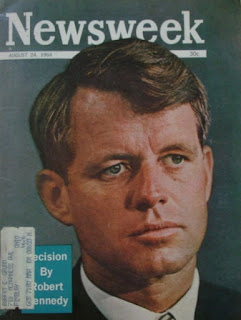She was best known for the hit
'Please Mr. Postman' alongside Georgeanna Tillman, Gladys Horton, Katherine
Anderson and Juanita Cowart
By Tyler McCarthy | Fox News
Wanda Young, best known as a
member of Motown's popular and chart-topping The Marvelettes, has died at age
78.
Meta Ventress, Young's daughter,
told the New York Times that her mother died on Dec. 15 in Garden City, Mich.
She told the outlet that the
cause of death had to do with complications due to chronic obstructive
pulmonary disease.
The artist and her fellow
Marvelettes were teenagers when they recorded their enduring hit "Please
Mr. Postman" for Motown Records boss Berry Gordy Jr. in 1961, marking the
label's first definitive No. 1 pop hit.
The all-female group was signed
by Motown to its Tamla label earlier that year and included Georgeanna Tillman,
Gladys Horton, Katherine Anderson and Juanita Cowart, according to the Motown
Museum.
The teens were students at
Inkster High School outside Detroit, and along with Georgia Dobbins, a
graduate, were members of a singing group called The Casinyets. Young replaced
Dobbins when Gordy signed the group.
ongs like "Twistin’
Postman," "Playboy" and "Too Many Fish In The Sea"
followed "Please Mr. Postman." The group would later record such hits
as "Don’t Mess With Bill," "The Hunter Gets Captured By The
Game" and "My Baby Must Be A Magician."
Young sang the lead on
"Don't Mess With Bill."
"I told her constantly, ‘All
these people love you,’" Ventress told the Times. "And she’d say,
‘Wow.’"
"She didn’t wake up every
day thinking of the Marvelettes, but she never lost that glamour,"
Ventress added.
The Motown Museum posted on its
Facebook page that Young "helped The Marvelettes become one of the many
success stories at Motown Records."
After The Marvelettes disbanded
in the early 1970s, Young recorded under another label.
Young and Horton sang on the 1990
album "The Marvelettes: Now!" according to the Times.
In addition to Ventress, Young is
survived by children Robert Rogers III and Bobbae Rogers; seven grandchildren;
a great-grandson; four sisters and four brothers.
The Associated Press contributed
to this report.






































































































































































































































































